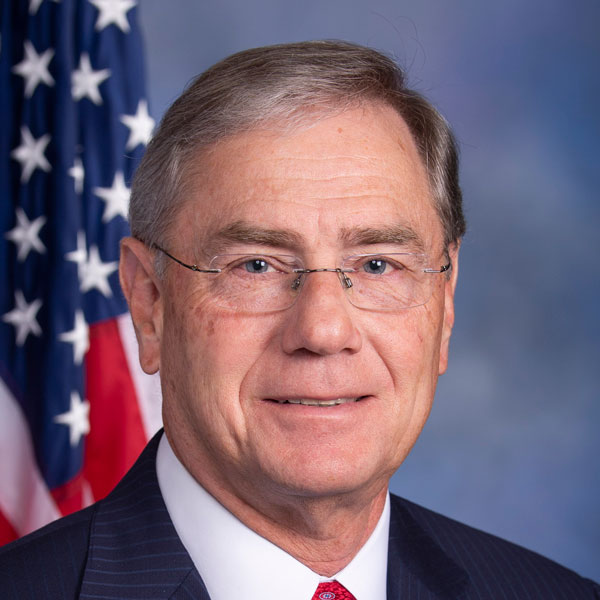Columns
Blaine's Bulletin: Investing Our Nation's Transportation Infrastructure
Washington,
November 13, 2015
One fact that many people may not know is that Missouri has the sixth largest public road system of any state in the country. Whether you are using the roads to commute to work, take your kids to school, drive to see a baseball game, or make sure goods get to market, the quality of our roads has a direct impact on our quality of life. With 22 percent of Missouri’s major roadways in poor condition, enacting a long-term highway bill is critical for the people of our state.
One fact that many people may not know is that Missouri has the sixth largest public road system of any state in the country. Whether you are using the roads to commute to work, take your kids to school, drive to see a baseball game, or make sure goods get to market, the quality of our roads has a direct impact on our quality of life. With 22 percent of Missouri’s major roadways in poor condition, enacting a long-term highway bill is critical for the people of our state. Recently, the House passed bipartisan legislation that is a move toward the first long-term highway bill in more than a decade. This bill would provide up to six years of transportation funding, without raising taxes, ensuring certainty and flexibility for states and local governments to invest in modernizing our aging transportation infrastructure. The bill also includes important reforms to federal permitting requirements, so that needed projects aren’t buried under costly construction delays caused by unnecessary federal red tape. In addition, to streamlining duplicative regulatory processes, this legislation would also consolidate and eliminate a number of offices within the Department of Transportation. This bill also does not contain any earmarks. Rather than focusing spending on special pet projects, the highway bill focuses on devolving decision-making power to local officials, so they can better address the priorities and needs of their communities. By converting the Surface Transportation Program, one of the largest federal-aid highway programs, into a block grant, states would also be able to further prioritize important projects such as the new I-64 Daniel Boone Bridge over the Missouri River. So, what happens next? Since the House and Senate have each passed different versions of the highway bill, a conference committee has been convened for the two bodies to work out their differences by November 20th. I am hopeful that an agreement will be reached by that date, so that the real work of repairing and modernizing the roads and bridges upon which all Missourians depend can begin soon. |
